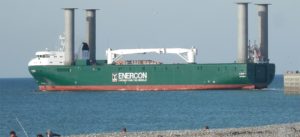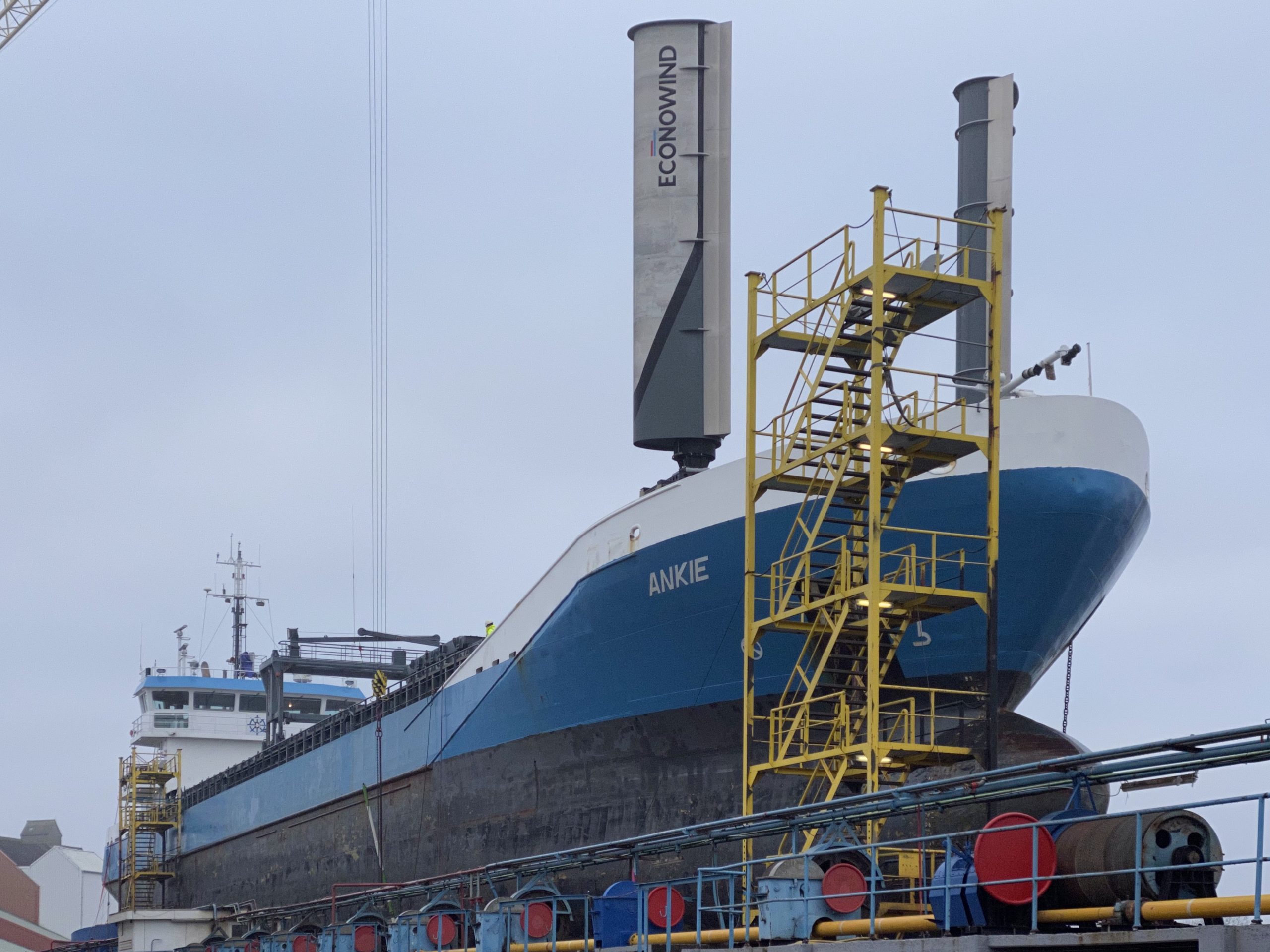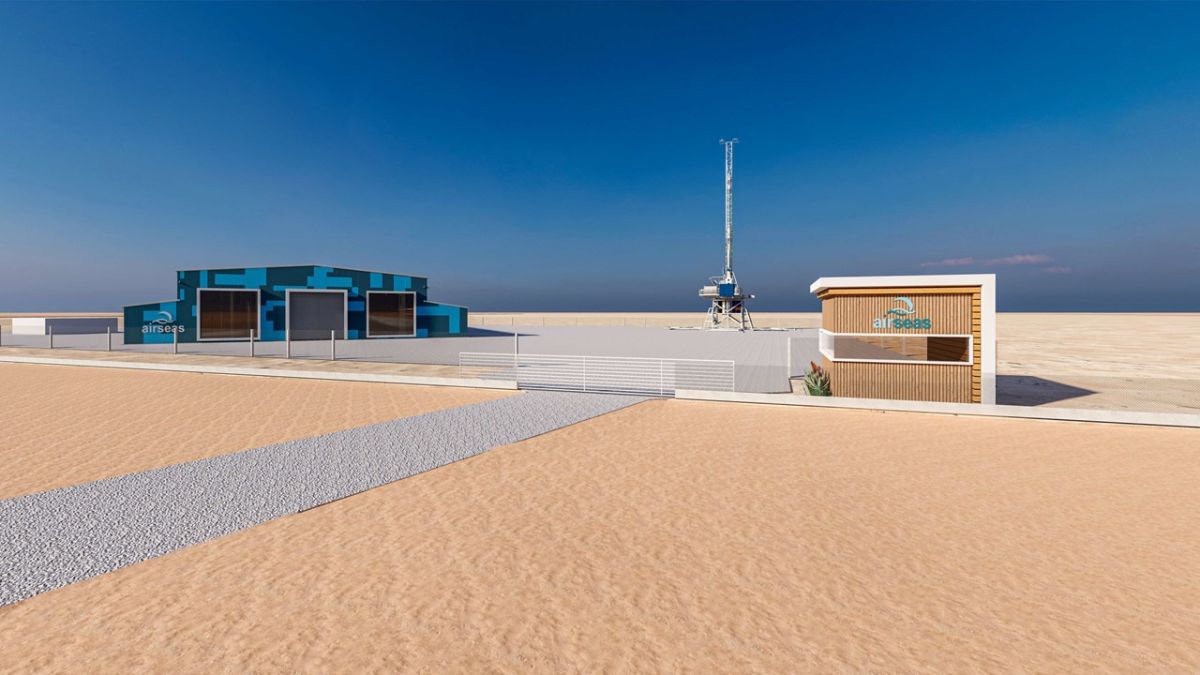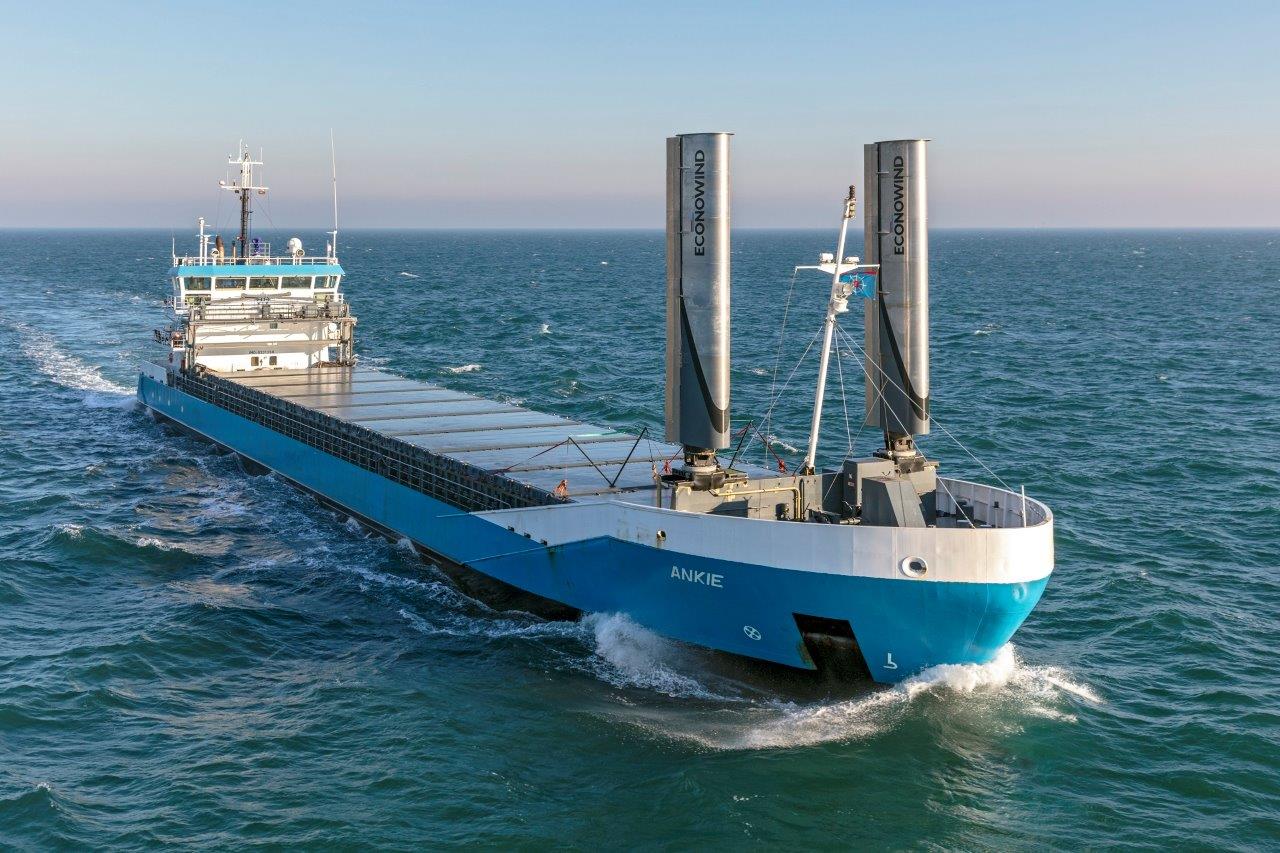More than 90 organisations, companies and and other industry bodies have come together to demand shipowners and other industry players focus on all technologies during their decarbonisation discussions and not just focus on eco-fuels that are subject to government focus.
Shipping faces a huge task is it tries to meet the tough decarbonisation targets set by government representatives at the International Maritime Organization. This targets mean a sweeping reassessment of both existing ships to reduce their footprint and more importantly most new ships as it will require them all to deploy new powering solutions.
With global economies focusing heavily on hydrogen, a large focus has begun to emerge on both green/blue hydrogen as a marine fuel, and ammonia, a so-called energy carrier. While both ammonia and hydrogen are currently made mostly from natural gas, there is an increase in effort to deploy carbon capture storage and utilisation or renewable electricity to generate blue and green hydrogen thus reducing climate impacts. A percentage of these energy commodities will need to be earmarked for shipping.

E-Ship 1 is an offshore wind turbine vessel with 4 distinct flettner rotors. With 11 years service it has stood unique in shipping until recently
The signatories of an open letter, sent out by the International Windship Association are calling on a more holistic assessment of the market and look ta all propulsion technologies. Wind advocates often point out that this is a free natural resource, particularly on the oceans, and not subject to the fluctuations of the global commodity markets which all marine fuels are, and will be. This is especially true as shipping switches to using the same fuels as other industries as opposed to the very low sulphur fuel oils and heavy fuel oils it currently has near exclusive access to.
“Emerging alternative fuels come with multiple challenges – cost, availability, density and quality and wind propulsion decouples shipping somewhat from these huge uncertainties around whatever ‘flavour’ eco-fuel
is adopted,” write the letter authors.
They claim that wind assist or primary wind propulsion can provide a quick way to decouple the associated bunker fuel risk, pointing to the fact there are now 12 large ocean going vessels in service proving the technologies can work. Wind assist reduces the potential demand for ammonia, hydrogen or any other future fuel thus assisting in overall availability and cost efficiency.
The letter calls on the development of a multi stakeholder working group and a strategic review to assess the current decarbonisation efforts, and the potential contribution of wind propulsion, notably as a serious consideration along with any other means to reduce a vessel’s emissions and an owners decarbonisation efforts, both now and in the future.
The open letter also calls for industry decision-makers to “do more and go beyond the current narrow fuel-centric approach by adopting a fully integrated alternative propulsion approach to decarbonisation pathways and policies.

































